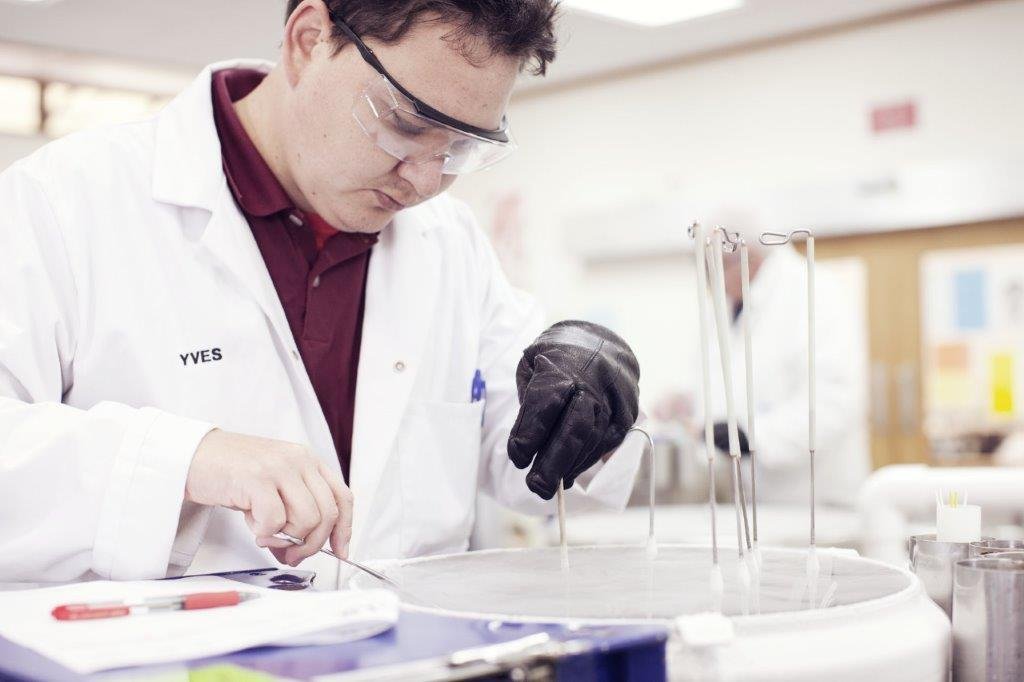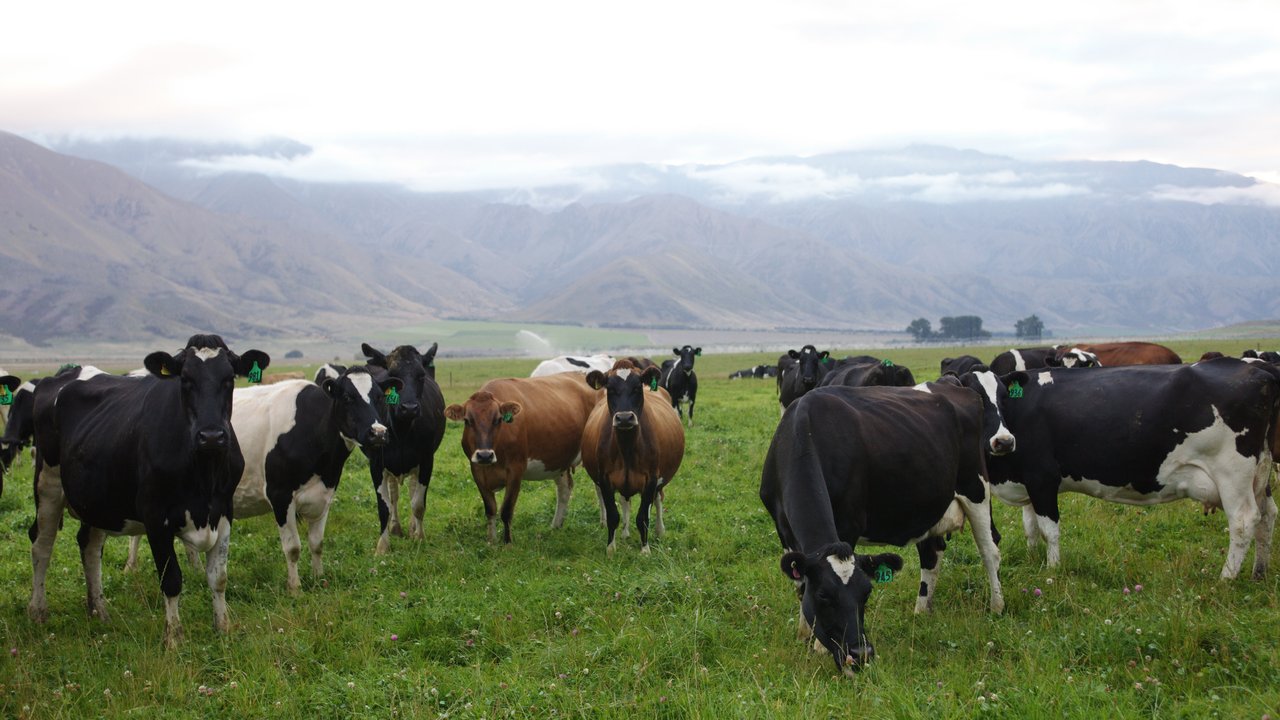LIC will return $18.1 million in dividend to shareholders. This dividend equates to 12.75 cents per share, up from 10.98 cents last year and represents a gross dividend yield of 22.7% based on the current share price of 78 cents.
Board Chair Murray King said the strong result was in line with market guidance and achieved despite the impacts of drought in many areas of New Zealand and the global and domestic impacts of COVID-19 late in FY20. “The strong result enables LIC to deliver a significant dividend to shareholders at a time when every dollar counts on-farm.”
“LIC’s result has been driven by our innovation-led growth strategy and our ongoing commitment to pushing the technological boundaries to deliver genetic gain and other products and services to our farmers. It is underpinned by ongoing benefits from our strategic initiatives to transform LIC into a modern, progressive co-op.”
“In FY20 we continued to execute our strategy, kept disciplined management of operating costs and increased investment in research and development,” King said.
“Net profit after tax was down mainly due to a $7.2 million decrease in the bull team valuation. This is primarily because of the ongoing shift from daughter-proven bulls to genomic bulls. This change improves the rate of genetic gain within the dairy industry, but has a negative impact on the value of the bull team as genomic bulls are used for a shorter time period than daughter-proven bulls.”

Murray King said that, despite a challenging season, with the impacts of drought and COVID-19, farmers continue to move up the value chain, investing in the latest genomics and other genetics products. The uplift demand for these premium products and genetics drove revenue up $7.4 million (3%) to a record $254 million.
“The increasing uptake of these products demonstrates the value on-farm of LIC’s ongoing investment to enhance our core genetics business through world-leading genomics to drive genetic gain in dairy herds and high-valued premium genetics products like A2 and sexed semen,” said King.
“Use of genomic semen increased from 23% to 38% of LIC semen sold in New Zealand, further demonstrating the increased confidence our farmers have in genomics.
“LIC is working with DairyNZ to update NZAEL 2.0 and LIC genomic evaluation has been upgraded and released through MINDA for all cows.”
R&D investment increased to $16 million this year, to give farmers a number of tools in the future to further improve genetic gain and address environmental challenges, including:
- World-leading methane research that aims to ultimately breed more ‘climate friendly’ cows.
- The Resilient Dairy programme to breed cows with improved health, wellbeing and environmental resilience.
- LIC’s new HoofPrint® Index, which enables farmers to select bulls based on their predicted ability to generate daughters with a lower environmental impact.

Impact of Drought and COVID-19
The drought that affected many New Zealand farmers for much of the season, coupled with the disruption of the COVID-19 lockdown in Q4, impacted herd testing and diagnostics towards the end of the year, with 5% less milk samples (10.4 million) tested compared to the prior year.
LIC’s experience in biosecurity management through Mycoplasma bovis to protect staff, shareholders and their herds ensured it was well prepared to implement the required measures to continue as an essential service under COVID-19 Level 4.
However, physical distancing requirements and measures to minimise on-farm visits meant LIC’s Herd Assist and GeneMark services were suspended for several weeks. International genetics revenue was also impacted due to COVID-19-related supply chain issues, including major disruptions to air freight of semen to key markets.
LIC has not accessed the Government COVID-19 wage subsidy, but has benefitted from a tax change to reinstate tax depreciation on commercial buildings. The tax change has resulted in a one-off $3 million improvement in tax expense and a corresponding decrease in deferred tax liability.

Business Highlights
Genetic and Animal Testing
LIC’s testing services to increase herd welfare, productivity and genetic gain showed strong growth:
- A2 genetic reporting to identify A2/A2 cows was up 42%.
- GeneMark™ DNA parentage testing allowing farmers to increase the rate of genetic gain in their herds by keeping the best replacement animals each year went up 9%.
- Testing for Johne’s disease was up 20% and Milk Pregnancy testing up 27%.
- Significant investment in IT developments continues.
International Genetics
- LIC’s international genetics business is the leading supplier of semen globally for grazing systems, exporting 857,427 semen straws valued at $12.1 million this year. This is down on the record 1,013,564 straws and revenue of $12.8 million in FY19 due to air freight issues as a result of COVID-19.
- LIC continues to focus on increasing its export business to deliver dividends to its farmer shareholders in New Zealand.
Research and Development
- Investment in R&D increased 17.5% in 2019-20 to $16.0 million from $13.6 million last year.
- This equates to 6.3% of revenue (5.5% in the prior year) and is well above the primary sector average of around 1%.
- The increase is largely attributable to additional funding from MBIE and MPI (and associated LIC funding) to boost key R&D projects, including world leading methane research, to drive improvements in the health and wellbeing of the national herd and more sustainable milk production.
Outlook
“LIC is match-fit to play its role in supporting our shareholders as they navigate their farming businesses through the challenges of the 20/21 season. The company has no debt and a strong balance sheet,” said King.
“We will continue to deliver on LIC’s innovation-led growth strategy focussing on the core New Zealand dairy industry, including assessing opportunities to best achieve this. Data is at the heart of that strategy. We continue to assess how best to access and utilise data to drive the performance of the co-operative, our shareholders’ farming businesses and to protect the reputation and value of New Zealand’s dairy products with consumers around the world.”
As advised to the market on 20 May 2020, based on the impacts of COVID-19 on forecast milk price, credit tightening for farmers and increased compliance costs for the next season for New Zealand dairy farmers and LIC, the Board updated its Underlying Earnings* forecast for the next financial year. Underlying Earnings* for the year ended 31 May 2021 is still expected to be in the range of $16 million - $22 million.
For more information and commentary about the result, visit www.ayearinreview.lic.co.nz/
Shareholder call
Shareholders are invited to join an online meeting at midday on Friday 24 July to hear more on LIC’s 2019/2020 full year result and ask questions of Murray King (Board Chair), Wayne McNee (Chief Executive) and Dave Hazlehurst (Chief Financial Officer).
To join click https://zoom.us/j/98518037522
Meeting ID: 985 1803 7522
A full recording of the call will be available for download from the LIC website from Monday 27 July 2020:
Performance Highlights:
- NPAT: $17.5 million, down 21.1% from $22.2 million last year
- Underlying Earnings*: $22.7 million, up 16.2% from $19.5 million last year
- Total revenue: $254.0 million, up 3.0% from $246.5 million last year
- Dividend: $18.1 million/12.75c per share (80% of underlying earnings), up from $15.6 million/10.98c last year
*refer notes on page 3 of market statement
View the 2019-2020 Annual Report






